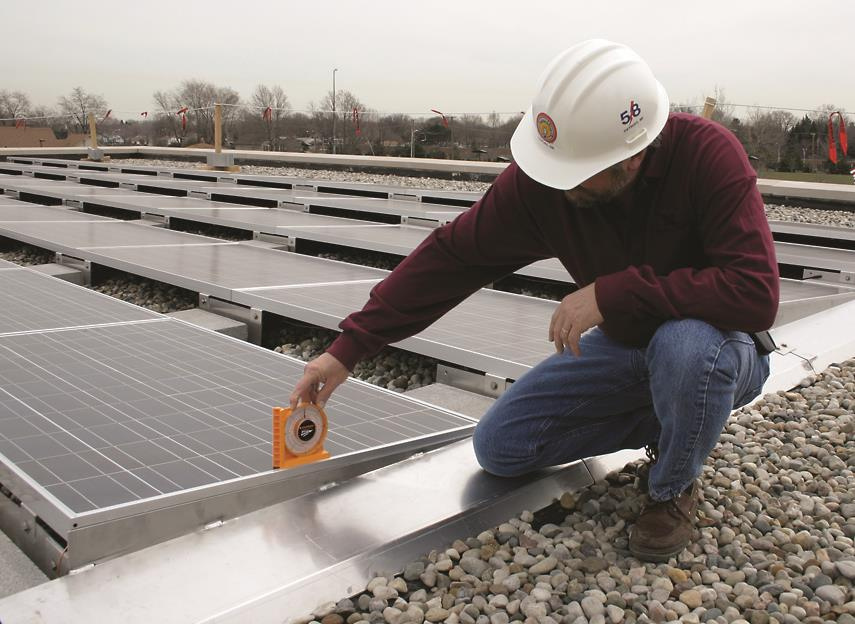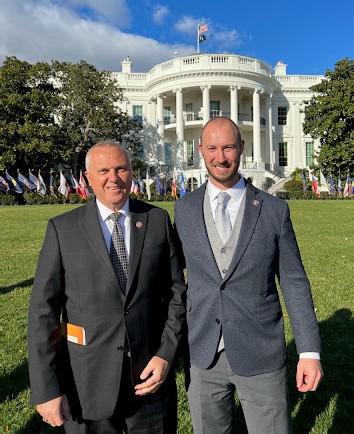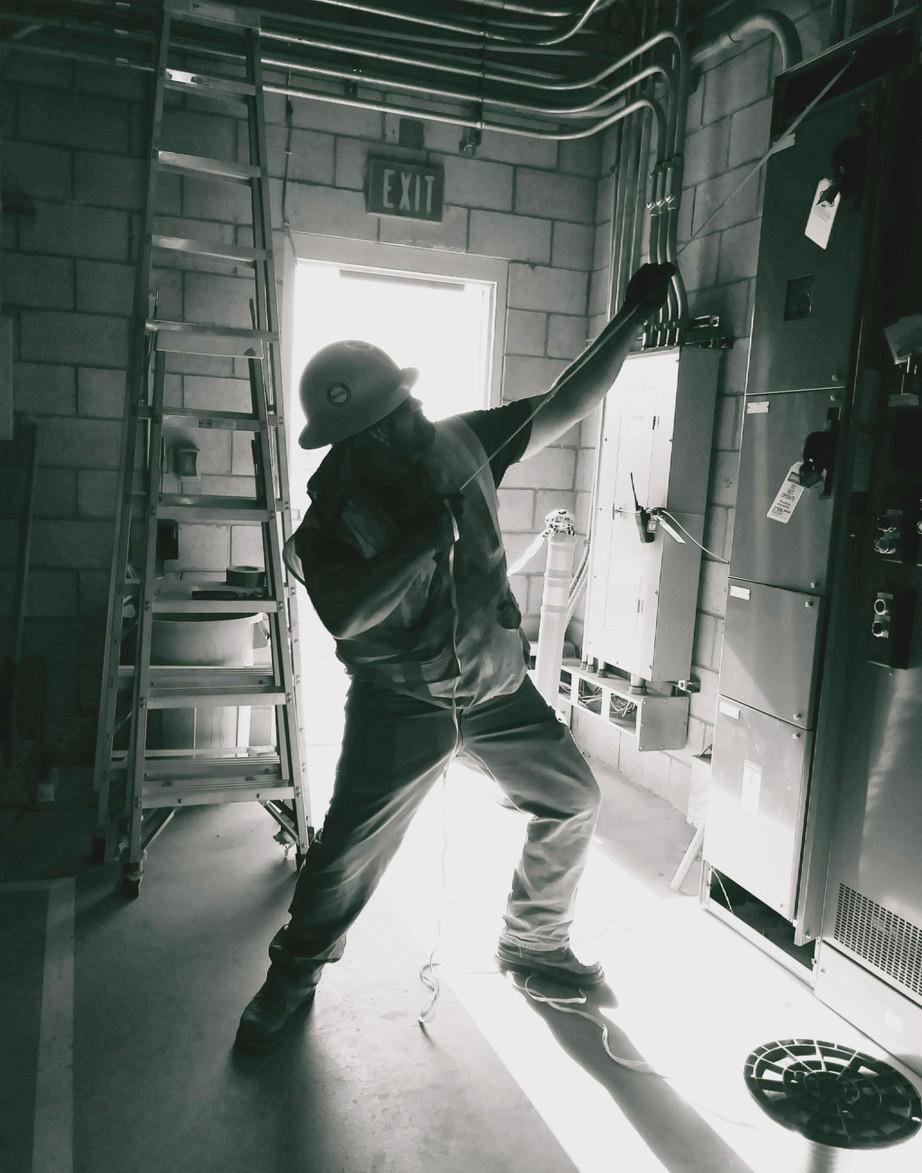President Biden signed an executive order requiring the federal government to reduce emissions from its buildings, vehicles and operations.
With it, the administration seeks to transform how the government builds, purchases and operates while supporting the growth of the domestic clean energy and clean technology industries.






